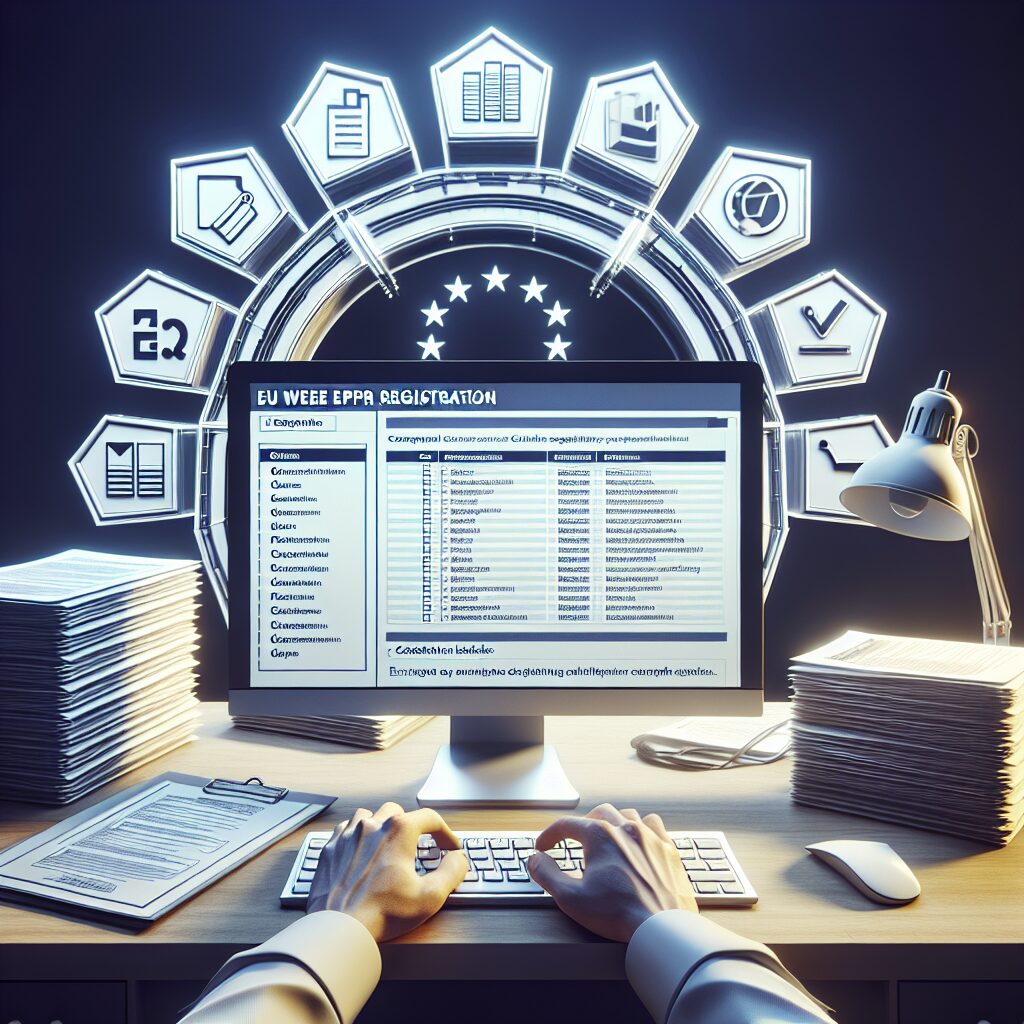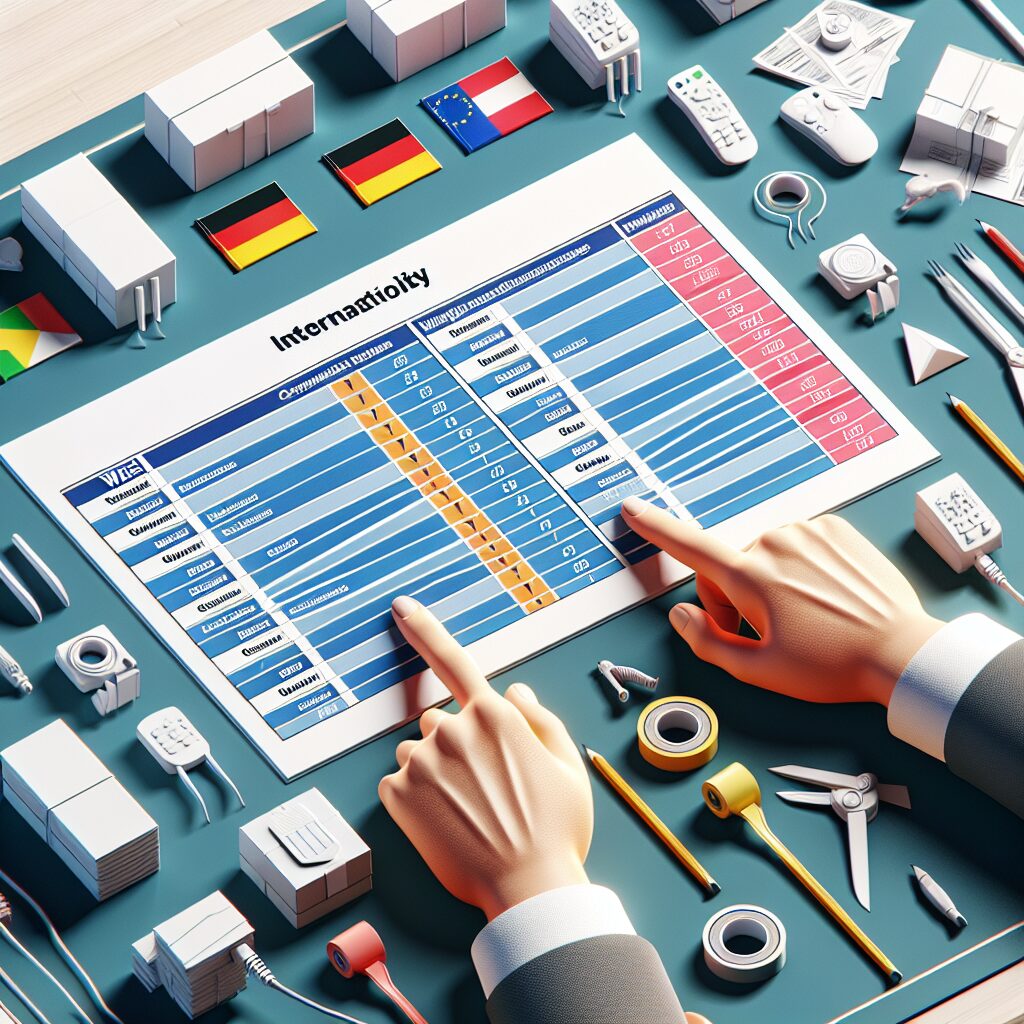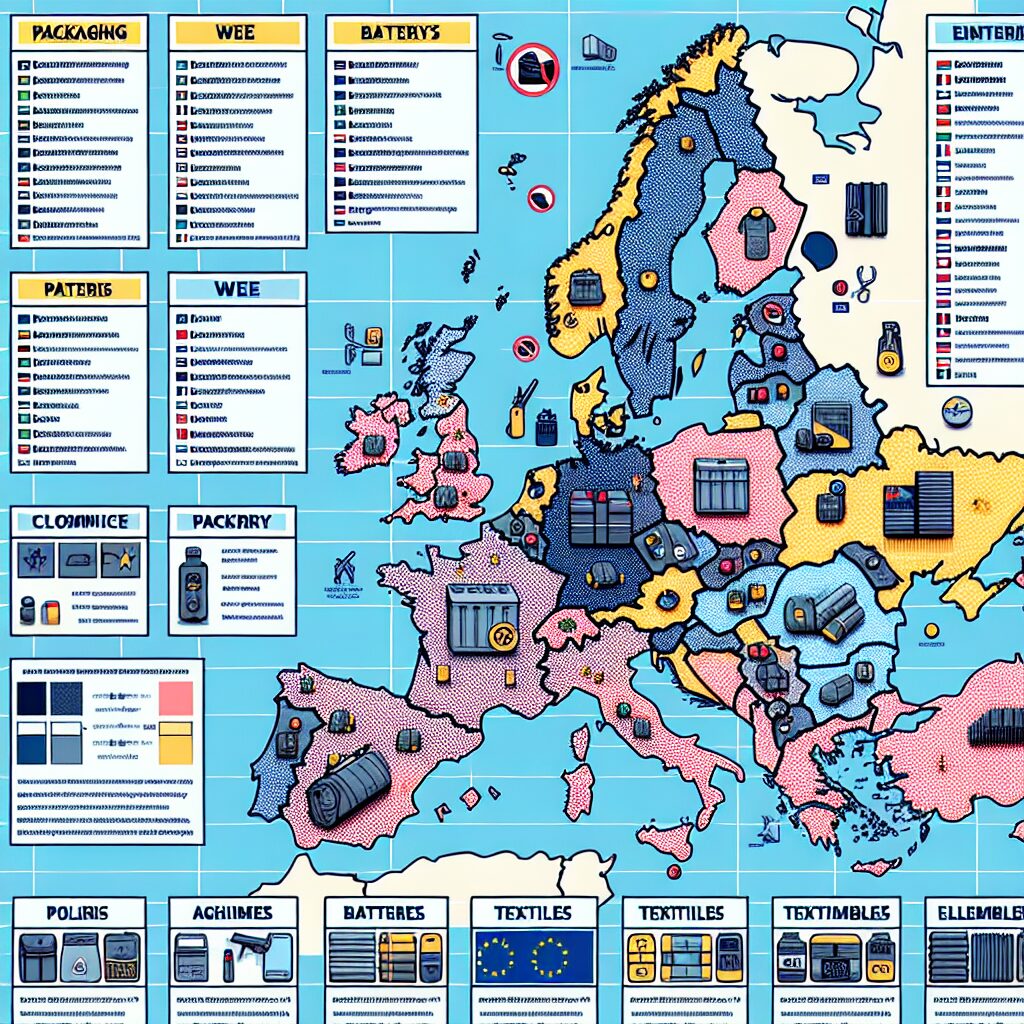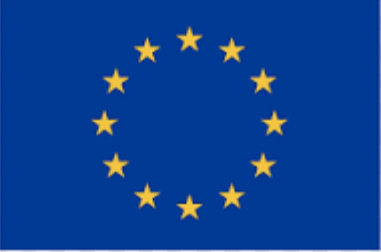About eldris
Epr.eldris.ai leads the EPR sector, in fast, automated, AI Agent EU Complaince. LUCID Packaging, WEEE, and Battery Compliance for Brands, E-Commerce and Service based businesses expanding into the EU.
In This Article
- WEEE EPR 2025 mandates full lifecycle responsibility for electronic producers.
- Products must be correctly classified into one of 10 designated categories.
- Early registration in each relevant jurisdiction prevents market access disruption.
- Marketplaces like Amazon and eBay enforce strict compliance protocols.
- Partnering with EPR consultants can streamline complex workflows.
- Digital documentation and self-audits protect against regulatory penalties.
- Regularly monitor industry developments and adapt your compliance strategy.
Understanding the WEEE EPR 2025 Reform
What Changed for Producers in 2025
The WEEE EPR 2025 initiative marks one of the most significant overhauls to electronic waste regulations across the UK and EU in recent years. Standing for Waste Electrical and Electronic Equipment Extended Producer Responsibility, WEEE EPR 2025 introduces stricter accountability measures for producers. Unlike previous frameworks, this regulation mandates that all producers of electronic goods take full financial and operational responsibility for their products from cradle to grave, including their end-of-life collection and recycling.
Starting in January 2025, companies must ensure their WEEE-related practices are aligned with newly defined obligations. This includes precise classification of goods, accurate registration with national authorities, and full transparency in how waste is treated. Government bodies now expect producers to demonstrate compliance through digital reporting platforms and achieve country-specific targets for recovery and recycling rates.
Perhaps most notably, failing to classify and register products correctly under WEEE EPR 2025 can result in significant legal consequences, ranging from administrative fines to sales bans on marketplaces such as Amazon and eBay. Consequently, investing in proper EPR compliance infrastructure is not just good practice—it is essential for uninterrupted market access and brand reputation protection.

Which Products Fall Under WEEE EPR?
Common Device Categories Demystified
WEEE EPR 2025 expands coverage across ten main product categories, making it more critical than ever to understand which devices are subject to compliance. The directive includes not only obvious items like computers, televisions, and mobile phones, but also lesser-known categories such as medical equipment, large appliances, lighting products, and even some smart home devices. Any product that relies on electrical current or electromagnetic fields for functionality most likely falls within scope.
Small appliances like electric razors, toasters, and kitchen mixers, along with larger goods such as refrigerators and washing machines, are now clearly regulated. Additionally, new sub-classifications within lighting and monitoring equipment mean that items as varied as fluorescent tubes, thermostats, and drones may also fall under the umbrella of WEEE EPR 2025. If your product plugs into a wall, uses batteries, or transmits data electronically, it’s a strong candidate.
Many producers are discovering that items they once considered exempt are now explicitly targeted by regulation. With the new directive placing the burden of proof on businesses, it is your firm’s responsibility to proactively assess every SKU for compliance. Staying up to date and making use of tools that aid in precise classification will be indispensable.
“Accurate classification under WEEE EPR 2025 isn’t about following rules—it’s a strategy for market longevity.”
How to Classify Products Correctly
Key Classification Criteria
Accurate classification under WEEE EPR 2025 depends on a number of clearly defined criteria established by environmental agencies and market regulators. The first step is to determine if the product qualifies as electrical or electronic equipment (EEE). This determination hinges on whether it requires an electric current or electromagnetic field to function. Battery-powered devices count as well.
Next, classify the item’s use case: is it intended for domestic, professional, or dual use? Domestic appliances may follow a different compliance path than commercial or industrial tools. From there, you must assign the product to one of the 10 WEEE categories, such as medical devices, large household appliances, IT and telecommunications equipment, or consumer electronics. Each category has its own reporting thresholds, treatment requirements, and environmental objectives.
Components and accessories pose a particular challenge. Items like power cords, remote controls, or detachable sensors may or may not fall under WEEE depending on whether they are sold independently. Consulting local guidance and leveraging classification support from national compliance schemes or regulatory consultants helps ensure you interpret the rules correctly.
Step-by-Step Registration Process
Don’t Miss These Critical Actions
Registration under WEEE EPR 2025 is now a highly structured process governed by each EU member state and the UK separately. Businesses are required to register as a producer with the appropriate national authority, often via a digital compliance portal. This process typically starts with the appointment of an Authorised Representative if the producer does not have a physical base in that country.
Once registered, producers receive a unique registration ID, which must be affixed to packaging, invoices, and customer communication. Following that, businesses must submit regular WEEE declarations, detailing the volume and weight of EEE placed on the market, itemised by category. Inaccurate or missing data can trigger investigations or lead to de-registration.
Registration should be completed before any product is placed on the market. For sellers on platforms like Amazon or eBay, marketplaces often require confirmation of registration to continue listing products. Official overview of the WEEE Directive offers an excellent tool to simulate your WEEE obligations by product type and sales volume.
Avoiding Common Classification Mistakes
Real Penalties and Why Accuracy Matters
Businesses often make the mistake of lumping all their EEE into general categories or failing to classify hybrid products correctly. For instance, a Bluetooth speaker with a built-in light may cross category boundaries, requiring nuanced documentation and reporting. Inaccurate classification under WEEE EPR 2025 could result in underreporting of environmental liabilities, leading to stiff penalties ranging from five-figure fines to removal from online marketplaces.
Moreover, regulatory audits have increased in frequency and depth. Authorities now employ cross-border data matching techniques to detect inconsistencies between product export numbers and registered units. Companies caught out face not only financial penalties but also reputational damage. To avoid these pitfalls, maintain access to the latest guidance documents and employ internal audit systems for EPR compliance. Investing in good classification software can also reduce human error and boost your reporting accuracy.
Choosing the Right Compliance Partner
Benefits of Working with Agents or Consultants
As EPR regulations become ever more complex, especially under the WEEE EPR 2025 regime, many businesses are turning to expert compliance partners. These can be Authorised Representatives, national compliance schemes, or independent consultants. The advantage of working with such partners lies in their ability to tailor compliance strategies that align with your product line and sales channels.
These experts assist with classification, documentation, and registration, while also managing ongoing updates to reporting standards. More importantly, they serve as a liaison between your business and the relevant national authorities. For companies selling across multiple jurisdictions, especially within the EU, a pan-European compliance partner ensures harmonisation across regions, reducing inefficiencies and avoiding country-specific compliance pitfalls.
Aligning with a trusted partner alleviates legal burden and provides peace of mind. Such partnerships often include access to compliance management software, automated reporting tools, and helplines for regulatory clarification. Learn more about EU Extended Producer Responsibility (EPR) Regulations offers insights on vetting and selecting competent EPR advisors.
Digital Compliance Portals
Navigating Country-Specific Systems
Modern EPR practices have become increasingly digitalised. Under WEEE EPR 2025, most nations now operate electronic portals for registration, data submission, and certificate issuance. While this digitisation streamlines oversight, it also introduces regional complexity. Each portal may differ in data fields, annual deadlines, and accepted formats for reporting, making navigation non-trivial for multi-country sellers.
Producers must familiarise themselves not only with the national portal but also with any secondary requirements, such as labelling specifications or translation mandates. In some cases, uploading proof of financial guarantees or waste collection arrangements is mandatory. Failing to follow the digital protocol can lead to deactivation of producer accounts and distribution issues. Thorough onboarding with a compliance agent, or training for in-house compliance staff, is a wise investment. Tools such as Comprehensive EU compliance solutions explained can provide multilingual overviews of each EU country’s compliance infrastructure.
Amazon, eBay, and Marketplace EPR
Seller Responsibilities Across Platforms
Online marketplaces now enforce EPR obligations far more stringently. Under WEEE EPR 2025, platforms like Amazon and eBay demand active proof of compliance from third-party sellers. This approach aligns with the EU’s push to extend producer responsibility to online sales channels and prevent non-compliant sellers from undercutting legitimate operations.
To continue selling, merchants must upload valid producer registration numbers per country and category. Marketplaces often offer dashboards for this purpose, but the burden lies with the seller to ensure that numbers are accurate and up to date. Marketplace audits are becoming more routine and thorough, with Amazon delisting non-compliant ASINs and eBay suspending non-verified accounts.
Because of this, integrating your WEEE EPR compliance with your e-commerce backend is now seen as essential. Automatic certificate generation and API integration with national WEEE registries are features that tech-savvy sellers should prioritise. Read a related article details common marketplace compliance hurdles and how to overcome them.
Maintaining Documentation in 2025
Audit-Proof Practices for Businesses
Recordkeeping has taken a front seat under WEEE EPR 2025. Auditors now require detailed documentation on product classification, volume placed onto market, proof of registration, and evidence of correct reporting procedures. Documents must be retained for several years (usually five) given the possibility of retrospective inspections.
Producers are advised to maintain a comprehensive compliance log that includes each product’s category, weight declarations, reporting data for each country, invoices, and evidence of disposal through accredited channels. Digital documentation platforms and version-controlled storage systems are invaluable in this regard. Storing these records systematically will help businesses respond swiftly during an audit and identify any historical errors that may need correction.
Companies should also periodically self-audit to confirm that their submitted data aligns with shipment and sales records. Training staff and appointing EPR liaisons internally creates accountability and reduces the risk of oversights. Even for SMEs, these internal mechanisms are no longer optional—they are expected.
Join the EPR Discussion
Industry Voices and Tips from Experts
As businesses across Europe grapple with WEEE EPR 2025, industry collaboration has never been more crucial. Webinars, public roundtables, and whitepapers from environmental regulators and private consultants are being published almost weekly. Engaging in these forums allows businesses to share challenges, solutions, and tools that streamline operations.
Several trade associations and digital platforms host EPR-specific working groups and newsletters, offering regulatory updates and case studies. Large manufacturers are often willing to share anonymised learnings with smaller enterprises, particularly in overlapping product categories. Companies willing to contribute back to the ecosystem frequently enjoy earlier access to regulatory updates and pilot programmes.
The EPR discussion is not solely about compliance—it’s becoming a badge of sustainability leadership. Engaging openly demonstrates social responsibility to consumers and investors alike.
Next Steps Toward Seamless Compliance
The clock is ticking on WEEE EPR 2025. Businesses must act decisively to meet the complex obligations this reform mandates. Begin with an internal audit of your product listings to determine which items fall under WEEE scope. Collaborate with trusted classification agents and initiate registration in all relevant markets as soon as possible.
Equip your teams with tools and knowledge to maintain accuracy, and consider investing in long-term solutions such as compliance software or outsourcing to trusted partners. Remember, getting compliance wrong is more expensive than doing it right. With transparent practices and continuous learning, your organisation can future-proof its operations under WEEE EPR 2025 and beyond.
Great guide on weee-epr-2025-classify-register-guide – Community Feedback
How do I classify my products under WEEE EPR 2025?
Review the WEEE categories and match your products based on function, intended use, and electrical/electronic components. Cross-reference the latest EU guidance to ensure correct classification before registration.
What is the process for WEEE EPR registration in the EU?
Manufacturers and sellers must select proper WEEE categories, prepare evidence of compliance, and register via the official national portal or a recognised agent for each market before placing products on sale.
What happens if I misclassify a product under WEEE EPR?
Misclassification can result in legal penalties, delayed market entry, and required re-registration. It’s essential to verify product categories and maintain up-to-date documentation to ensure ongoing compliance and avoid fines.









